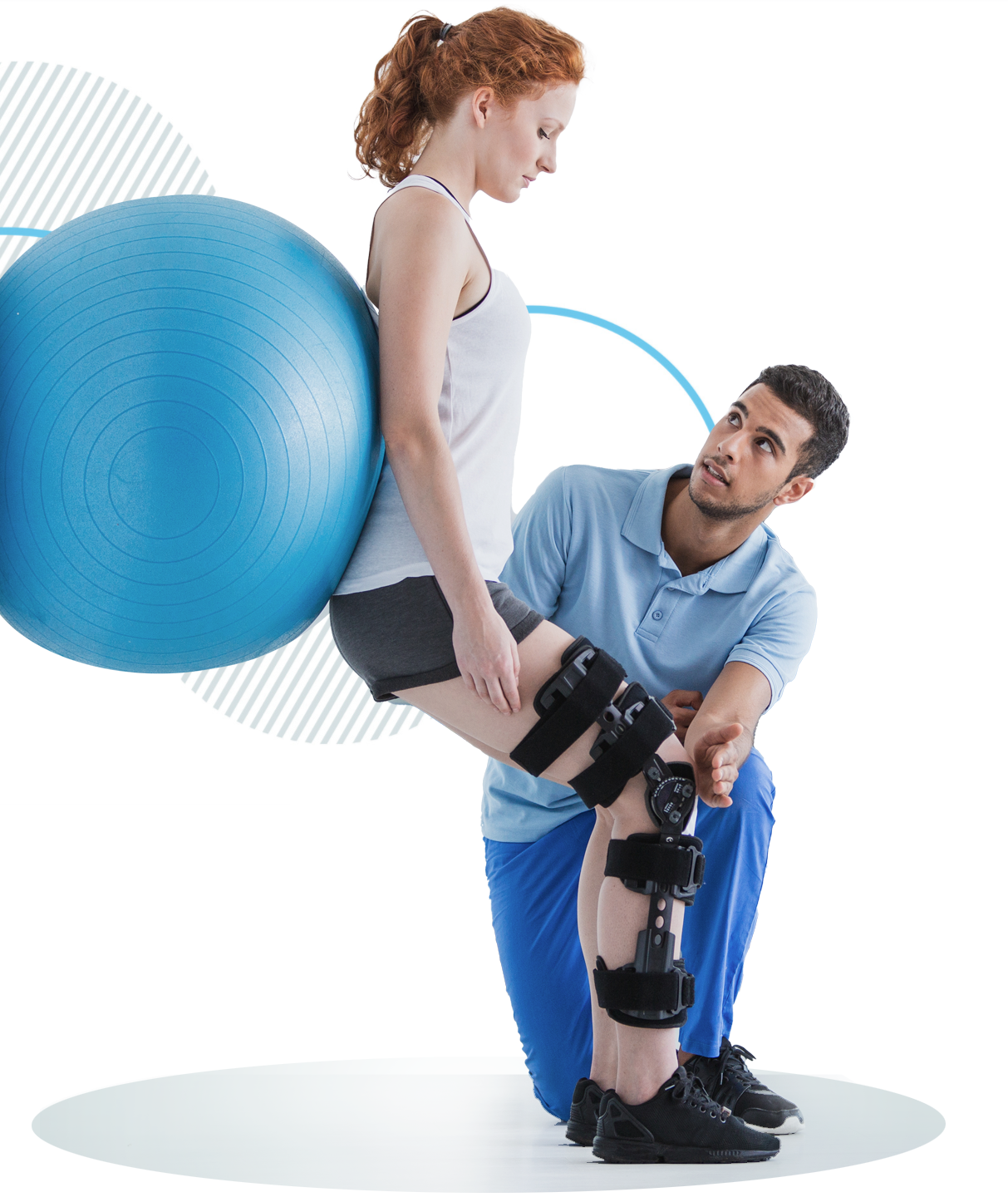Efficient Methods for Alleviating Breathlessness in Physical Rehabilitation Sessions
Efficient Methods for Alleviating Breathlessness in Physical Rehabilitation Sessions
Blog Article
Breathing difficulties, or trouble respiration, is a frequent concern that many people face, particularly those with long-term lung diseases, heart problems, or other medical conditions. In rehabilitation therapy appointments, addressing breathing difficulties is crucial for helping clients enhance their overall standard of life. By utilizing specific techniques and approaches, physical therapists can help patients in controlling their respiratory difficulties. Understanding these effective approaches can empower both therapists and patients to work together more effectively in addressing obstacles related to breathing difficulties.
One of the main methods used to reduce breathing difficulties in physical therapy is the application of regulated breathing exercises. These exercises often focus on diaphragmatic breathing, which promotes patients to use their breathing muscle rather than their upper thoracic muscles when breathing in. This approach helps to increase lung volume and effectiveness. Additionally, pursed lip breathing is another approach that can be helpful. This method requires breathing in through the nose and breathing out slowly through pursed lips, which can assist to keep airways open longer and make breathing feel easier. By including these activities into therapy appointments, physical therapists can provide patients with tools to manage their dyspnea both during and beyond of their appointments.
Another important element of managing breathing difficulties in physical therapy is the development of an individualized exercise regimen. Tailoring exercises to meet the individual needs and abilities of each patient is essential. Therapists should gradually integrate aerobic activities, such as walking or biking, in a controlled manner, allowing patients to build their endurance over a period. This progressive approach helps patients to feel more at ease with physical activity while simultaneously improving their lung capability and overall stamina. It is vital for therapists to monitor patients closely during these activities to ensure they are not overexerting themselves, which could result to greater shortness of breath.
Teaching also plays a significant role in alleviating breathing difficulties during physical therapy appointments. Providing patients with information about their ailment and the factors behind breathing difficulties can empower them to take charge of their health. Therapists can describe how elements like anxiety, posture, and surrounding conditions can affect breathing. By understanding these concepts, patients can discover to control their symptoms more effectively. Techniques such as stress reduction methods and proper body posture can further find out assist in minimizing the effects of breathing difficulties during routine activities and therapy appointments.
In conclusion, effectively alleviating breathing difficulties in physical therapy appointments involves a mix of breathing exercises, individualized exercise programs, and patient teaching. By implementing these efficient approaches, physical therapists can help patients control their breathing difficulties and improve their overall health. Working together between therapists and patients is essential to create customized interventions that meet specific needs. With the right support and techniques, patients can find relief from dyspnea and engage more fully in their physical therapy journey, eventually leading to a better quality of life.